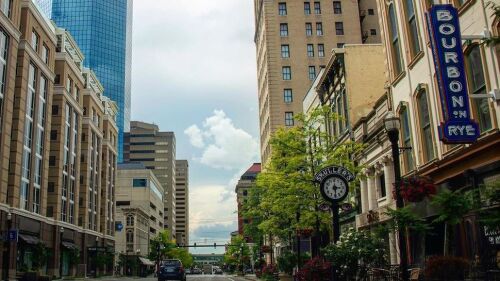Here we grow again. Lexington is on the upswing, with our population growing by ~8% since 2010. While researching the Imagine Lexington 2045 comprehensive plan and the incoming expansion of our Urban Service Boundary, we decided to define specific zoning codes and how local population growth may impact them.
Let’s start with residential — among the most commonly cited zones in development documentation.
These zones determine how a piece of land is used to support housing and residences, dependent on a variety of factors such as population density, size of housing, and available services in the neighborhood. But not all are created equal — let’s break down some of the nuances between each schedule of zones:
Note: In this case, “R” stands for residential.
- R-1A — R-1D: Refers to detached, low density single-family homes and necessary services + facilities (parks, playgrounds, etc.)
- R-1E: Same as R-1A through R-1D, but emphasizes the need for services to support the population and compact residences
- R-1T: Same as R-1A through R-1D, but with a focus on where townhomes should be located
- R-2: Same as R-1A through R-1D, but must stay within a specific lot size
- R-3: Refers to medium density, mixed residential buildings, such as dorms, boarding houses, and assisted living facilities
- R-4: Refers to medium to medium-high density multi-family residences, particularly along a city’s main arteries like New Circle Road
- R-5: Refers to providing high density multi-family residences, such as those within New Circle
Stay tuned for the next iteration of Decode the Code, where we’ll look at business zoning.











